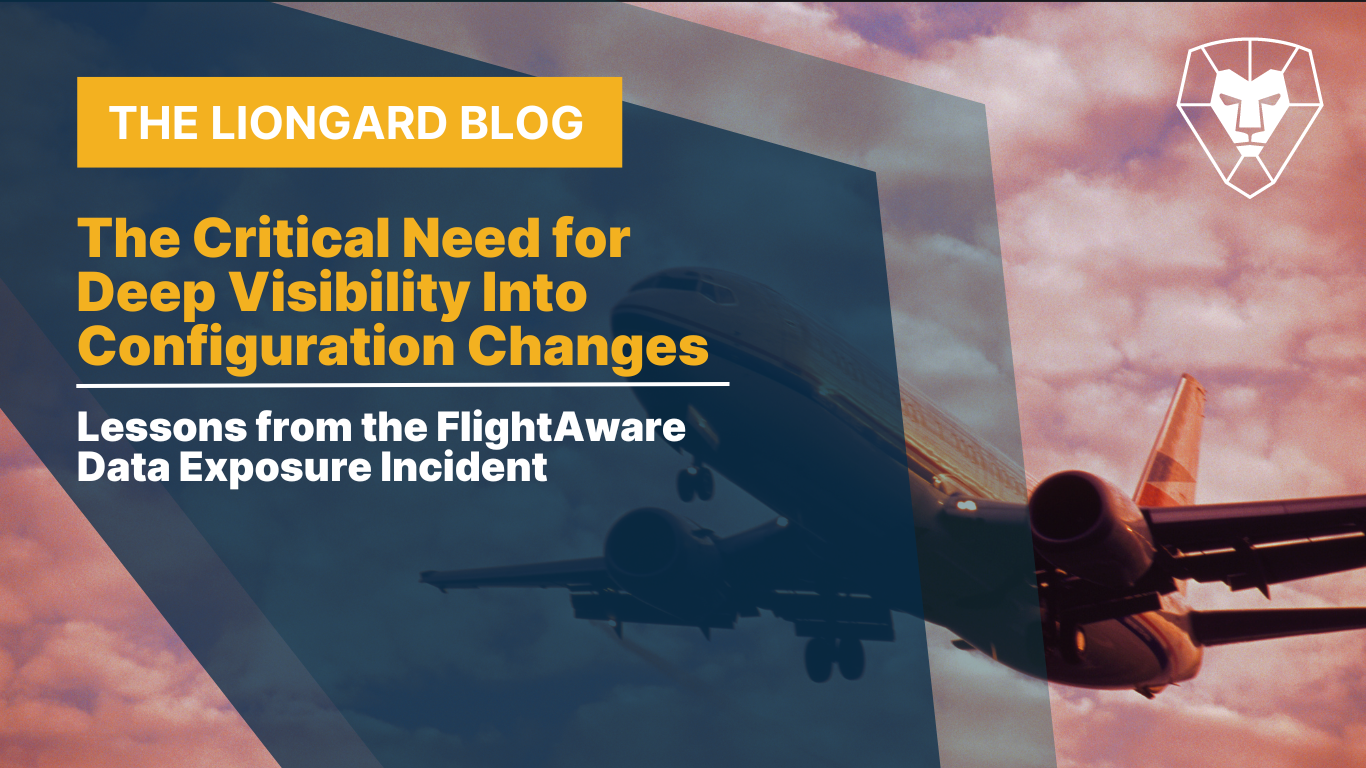
In a recent incident involving flight tracking giant FlightAware, a “configuration error” was cited as the cause of a massive data exposure, leaking personal information such as Social Security numbers, email addresses, and credit card details. The breach reportedly spanned over three years, dating as far back as January 2021, affecting countless users. This incident starkly highlights a critical lesson for businesses: the importance of maintaining deep and continuous visibility into configuration changes across all systems.
While FlightAware attributes this breach to a simple configuration mistake rather than a malicious cyberattack, the damage is nonetheless significant. These types of errors, often preventable, reveal why configuration management and drift detection are so essential in today’s cybersecurity landscape. Businesses, especially MSPs, must proactively monitor for configuration changes and instantly detect any deviations from established best practice state to prevent such costly oversights.
At Liongard, we understand the need for perpetual vigilance. By automating the detection of configuration changes, we help MSPs and their customers stay ahead of potential vulnerabilities. Continuous monitoring ensures that when critical configurations stray from a secure state, alerts are triggered, allowing for swift remediation before a minor issue becomes a major crisis.
In today’s complex IT environments, where security incidents can arise from the smallest of errors, deep visibility and real-time configuration change detection are non-negotiable. The FlightAware case is a reminder that oversight in configuration management can open the door to significant security vulnerabilities. Don’t wait for a breach to occur—invest in solutions that provide continuous oversight to protect your customers and your reputation.